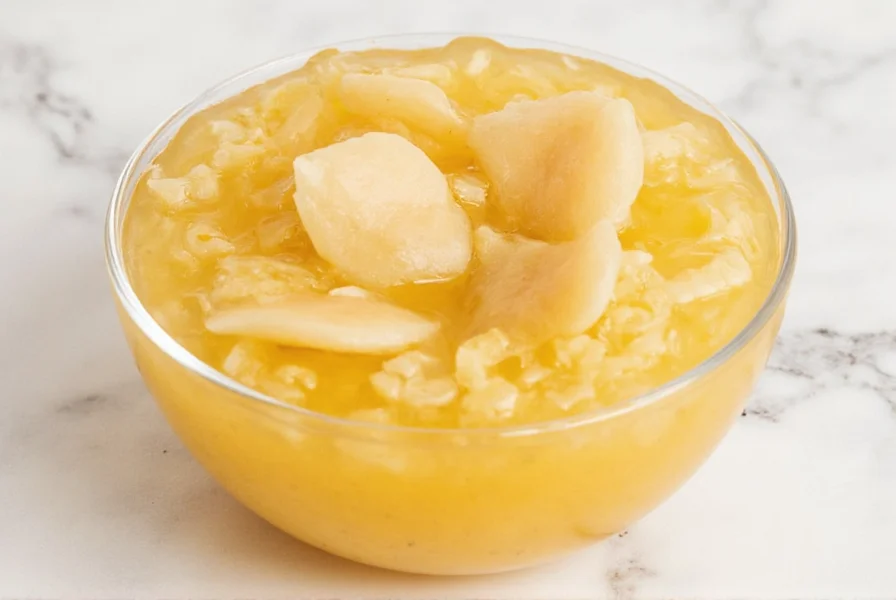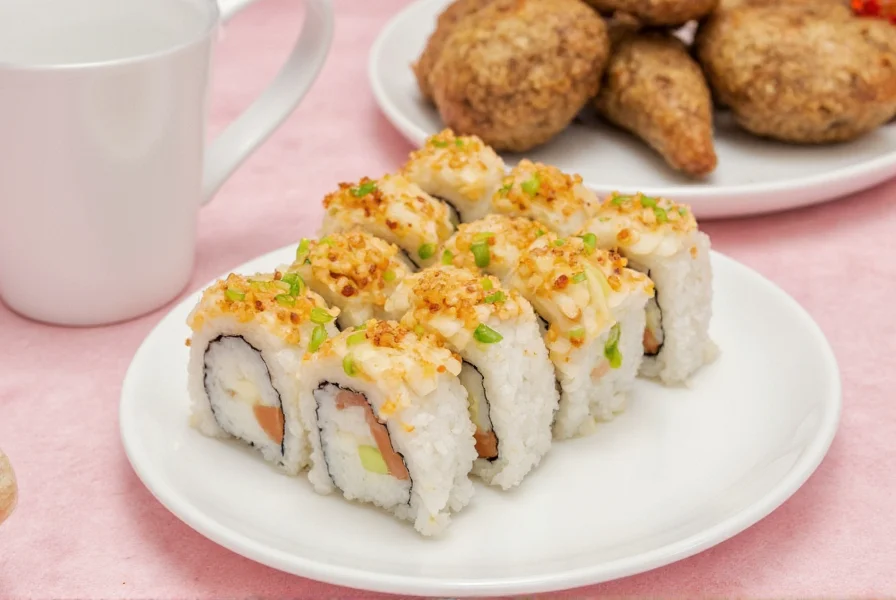When enjoying sushi at authentic Japanese restaurants, you've likely noticed the small mound of pale pink ginger accompanying your meal. This isn't merely decorative—it serves a specific culinary purpose deeply rooted in Japanese dining tradition. Understanding the relationship between ginger and sushi reveals how this simple accompaniment elevates the entire sushi experience.
The Cultural Significance of Ginger with Sushi
Ginger's role in Japanese cuisine dates back centuries, with its use alongside sushi becoming standard practice during the Edo period (1603-1868). Originally, sushi was street food sold at stalls, and ginger served a practical purpose: its natural antibacterial properties helped preserve the fish in Japan's humid climate. Over time, this practical application evolved into a refined culinary tradition.
Traditional sushi ginger, known as gari, differs from regular pickled ginger (beni shoga). Gari is made from young ginger with a thinner skin and sweeter flavor profile. The distinctive pale pink color develops naturally as the ginger reacts with the vinegar during pickling, though some commercial preparations add food coloring.

Proper Sushi Ginger Etiquette and Usage
Many Western diners mistakenly use ginger as a topping for sushi or mix it with wasabi. Authentic Japanese dining etiquette specifies that you should:
- Eat a small piece of ginger between different types of sushi, not with it
- Use ginger to cleanse your palate after richer fish (like salmon or mackerel) before moving to lighter varieties (like flounder)
- Never place ginger directly on sushi or mix it with wasabi
- Consume ginger in small amounts—its purpose is palate cleansing, not flavor enhancement
| Sushi Type | Recommended Before | Recommended After |
|---|---|---|
| Fatty Tuna (Otoro) | Light white fish | Ginger cleanse |
| Salmon | Ginger cleanse | Lighter fish or tamago |
| Eel (Unagi) | Medium fish | Ginger cleanse |
Health Benefits of Ginger with Sushi
The pairing of ginger and sushi offers more than just cultural tradition—it provides genuine health benefits that complement raw fish consumption. When exploring why is ginger served with sushi in Japanese restaurants, the health aspects prove particularly compelling.
Ginger contains gingerol, a bioactive compound with powerful anti-inflammatory and antioxidant properties. When consuming raw fish, these properties help:
- Stimulate digestive enzymes that break down proteins in fish
- Reduce potential foodborne illness risks through natural antimicrobial effects
- Enhance nutrient absorption from the fish
- Alleviate any potential digestive discomfort from raw seafood
Research shows that the proper way to eat ginger with sushi maximizes these health benefits. Consuming ginger between different fish varieties allows your digestive system to process each protein type more efficiently, rather than overwhelming it with multiple protein sources simultaneously.
Preparing Authentic Gari at Home
While store-bought sushi ginger works in a pinch, homemade gari offers superior flavor and texture. The traditional preparation method requires minimal ingredients but proper technique:
- Select young spring ginger with thin skin
- Slice paper-thin using a sharp knife or mandoline
- Soak in vinegar-sugar solution (ratio: 2 parts rice vinegar, 1 part sugar)
- Add a small piece of kombu (kelp) for authentic flavor
- Pickle for at least 24 hours before serving
The quality of ginger significantly impacts the final product. For those interested in the complete sushi experience, understanding what type of ginger to serve with sushi makes all the difference. Fresh, young ginger yields the tender texture and delicate sweetness characteristic of high-quality gari.

Common Misconceptions About Sushi Ginger
Several myths persist about ginger's role in sushi dining. Let's clarify these misunderstandings:
- Myth: Ginger should be eaten with wasabi
Fact: They serve different purposes—wasabi enhances flavor, ginger cleanses palate - Myth: The pink color comes from artificial dye
Fact: Natural reaction between young ginger and vinegar creates the pink hue - Myth: More ginger means better experience
Fact: Excessive ginger overwhelms delicate fish flavors
Understanding these distinctions represents the proper way to eat ginger with sushi according to Japanese culinary tradition. The health benefits of pickled ginger with sushi become most apparent when following these authentic practices.
Conclusion: The Symbiotic Relationship
The pairing of ginger and sushi represents a perfect culinary symbiosis developed over centuries. This tradition serves multiple purposes: practical food safety, enhanced flavor appreciation, improved digestion, and cultural respect. When you understand why is ginger served with sushi in Japanese restaurants, you gain deeper appreciation for the thoughtfulness behind each element of the sushi experience.
Next time you enjoy sushi, pay attention to the ginger's role in your meal progression. By using it properly between different fish varieties, you'll experience each piece as the chef intended—pure, unadulterated, and distinct from the previous offering. This simple practice transforms sushi from mere food into a carefully orchestrated sensory journey.
Frequently Asked Questions
Why is ginger pink in sushi restaurants?
The pink color in traditional sushi ginger (gari) develops naturally when young ginger reacts with the vinegar in the pickling solution. Young spring ginger contains anthocyanins that turn pink when exposed to acidic environments. While some commercial preparations add food coloring, authentic gari achieves its pale pink hue naturally through this chemical reaction during the pickling process.
Can I substitute regular ginger for sushi ginger?
While you can technically use regular ginger, it won't provide the same experience as traditional gari. Sushi ginger is made from young ginger with thinner skin and a sweeter, more delicate flavor. Mature ginger has a stronger, spicier taste that would overwhelm delicate fish flavors. For authentic results, seek out young ginger specifically for making gari, or purchase prepared sushi ginger from Japanese markets.
How does ginger enhance the sushi dining experience?
Ginger enhances the sushi experience through palate cleansing. Its mild acidity and subtle sweetness reset your taste buds between different types of fish, allowing you to fully appreciate each piece's unique flavor profile. Without this cleanse, stronger fish flavors would linger and interfere with subsequent bites. Additionally, ginger's digestive properties help process raw fish more efficiently, making the meal more comfortable and enjoyable.
Is there a specific amount of ginger I should eat between sushi pieces?
The proper amount is approximately one thin slice (about 1-2 grams) between different fish varieties. Authentic Japanese dining emphasizes moderation—using too much ginger overwhelms the palate rather than cleansing it. The goal is a subtle reset, not a strong ginger flavor. Many sushi chefs arrange just enough ginger to serve its purpose without dominating the experience.











 浙公网安备
33010002000092号
浙公网安备
33010002000092号 浙B2-20120091-4
浙B2-20120091-4